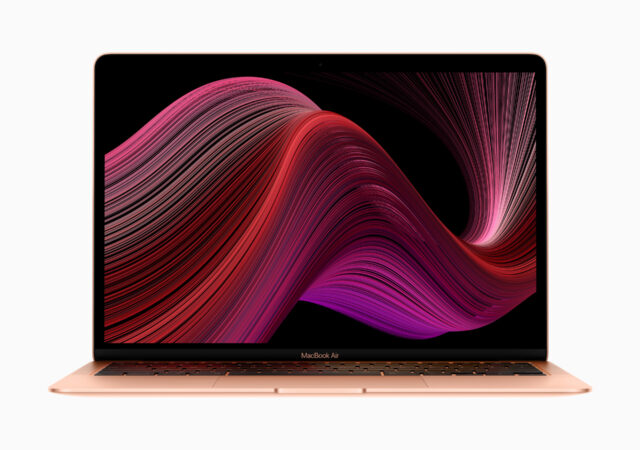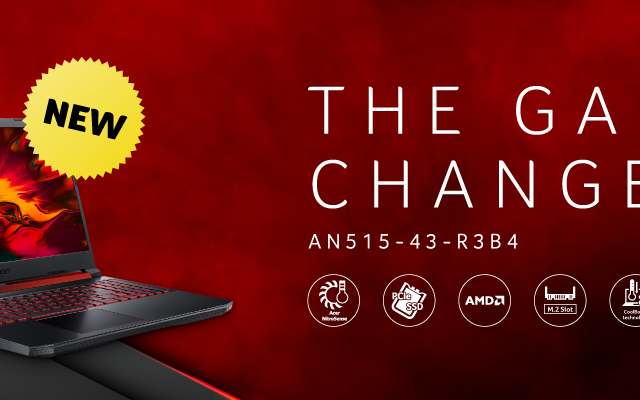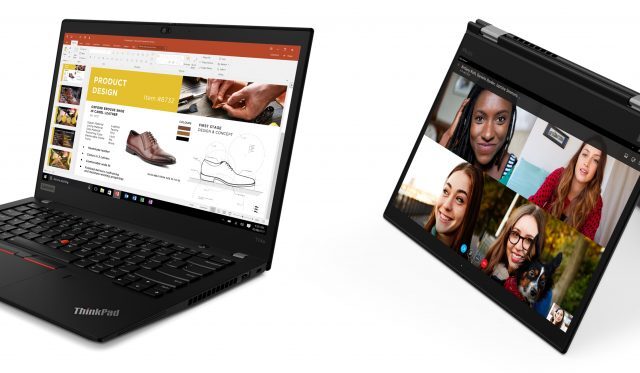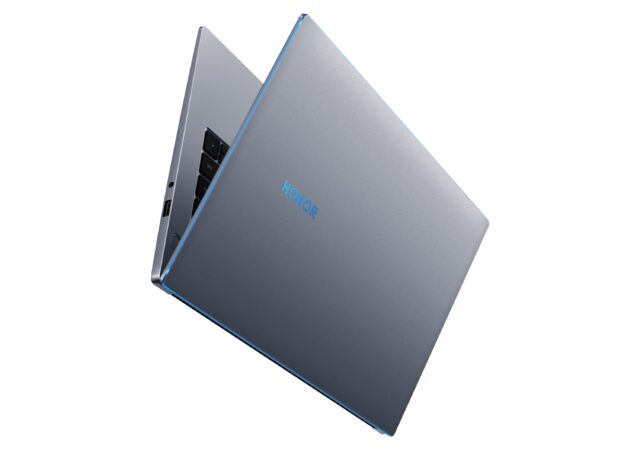Acer has just launched their new upgraded Acer Nitro 5 gaming notebook PC. It now features a Core i7, a bigger RAM, and more powerful GPU to start with. All that, while maintaining its great looks. Available now for MYR 4,499. It will be available for MYR 4,184 on Lazada’s 8th birthday on the 27th April 2020.
Apple’s New iPad Pro Has LiDAR & TrackPad Support
Apple introduces it’s new iPad Pro made for creatives to do more on the go with new features such as a LiDAR sensor.
The New MacBook Air Comes with Scissor Keyboard and 10th Gen Intel Processors
Apple announces the new MacBook Air for 2020 which packs more power and improved graphics performance.
Coronavirus Puts Remote Work Security to the Test
The COVID-19 outbreak is now considered a Pandemic to everyone’s fears. The COVID-19 does not just affect us physically though. It is affecting us in our workplace. As more and more organisations move toward a remote working structure, cyber criminals are starting to take even more advantage of the situation. Acronis has a way to protect the workforce.
How ethical hacking can improve your security posture
The current landscape of cyber security has changed dramatically. Protection through conventional methods may not be too effective.
How blockchain technology is enabling new ways of doing business
Blockchain technology has caught the world by storm really. From cryptocurrency and security, the application of blockchain is plenty. It could revolutionalise businesses in the modern world though.
COVID-19 Hits Google Hard – Google Next Cloud Goes Completely Online and I/O is Cancelled
Google has confirmed that their Cloud Next 2020 conference will be going completely digital. Google I/O has also been cancelled due to COVID-19 scares.
Acer Announces New Nitro 5 with AMD and NVIDIA
Acer’s Nitro 5 series has always been a compelling option when it comes to an entry level gaming laptop. It’s also one of the most affordable gaming laptops in market right now. Acer Malaysia has just announced a refresh of…
Lenovo ThinkPad Laptops 2020 Upgrade – Better Working Experience
Lenovo has brought more innovation into their ThinkPad Lapto[s. Giving the user more convenience in all of their T, X, and L Series.
HONOR MagicBook Series Breaks Cover in Barcelona
The HONOR MagicBook series is finally going global. The new MagicBook 14 and 15 are introduced to the world with AMD’s latest Ryzen 5 processors with Vega graphics. It is hitting the shelves across Europe in March 2020.
















